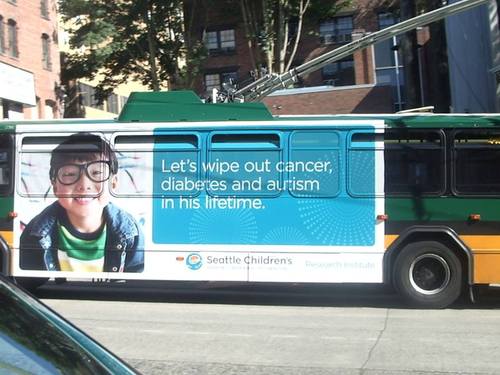I am in the midst of helping to design a number of display panels to teach people about the history of Pennhurst State School v. Haldeman, the landmark case which firmly put to bed the notion that institutionalization was any kind of a good “answer” to what ought to happen to marginalized people.
Although more than 10,000 people entered the doors of Pennhurst, and spent at least a part of their lives in deep segregation, their lives serve as a testimony to the human spirit, and what has finally been learned about the ultimate failure of the institutional models to contribute to good lives, growth, good health, relationships, and valued roles where all contribute.
In the course of thinking about how to bring those lessons to life, a colleague of mine, Greg Pirmann, who is long-time loyal to people with disabilities, said a few “somethings” I cannot get out of my head.
“To my mind the real tragedy at Pennhurst was the mind-numbing ordinariness, the mundane everyday nature of this separate world to which we condemned a group of people.”
and…
“It is easy to get people to agree that the horrific conditions Bill Baldini found in 1968 were wrong. It is much harder to get people to understand that institutions (including the three-bed ones operating today) are wrong.”
Thanks, Greg. Much to be thought about there. The worst of the worst conditions can lead us to lose awareness of the everyday conditions faced by many people with disabilities today. I can think of any number of atrocities which we use often to illustrate points about what we as a society are capable of.
Remember any of these?
The Ashley Treatment (surgically and chemically infantilizing people with disabilities to be “lifelong children”, and thus easy to manage).
Judge Rotenburg Center, which is continuing to repeatedly use electric shock as aversives on children and adults, sometimes when they are tied down.
The 15 year old boy in Holland, who was tied up on a leash to a wall for three years.
The 9 year old student with autism who was stuffed into a duffle bag by his teacher.
There are many, many more terrible examples of brutalization these days. They serve to illustrate how things can go very, very wrong, unimaginably wrong, for people who are living on the margins. They make us angry, and, sometimes, they make us wonder what atrocities we might participate in if the conditions were right – under the right conditions. This is deserved anger, and often spurs good and rightful action.
I wonder, though, can our focus on atrocities also make us not recognize the “thousand cuts” of marginalization and devaluation today? Can a focus on the dramatic and terrible make the ordinary, seemingly mundane conditions of everyday wounding seem less important?
As we struggle with the wholesale transition to “community homes” as a standard model of providing “home”, the ways in which we continue to fall short of providing authentic, full, rich home could seem less urgent.
The segregation I see in my local middle school is much less obviously awful than the back wards at Pennhurst, but it remains a potent source of rejection and low expectations.
As we see many people with disabilities experiencing the trappings of typical life, might we easily lose sight of the simple fact that many people have very few, if any, freely-given relationships in their lives, and remain, in the ways that count, totally impoverished in terms of money and possessions that are theirs alone?
The long days with little content at many of our day programs express that value we hold for people’s time and lives, yet people are treated kindly and by good people who aren’t sure what to do to make things better.
The fact that we are institutionalizing our elders en mass, and that we are re-institutionalizing many people with mental illness into our prisons seems less toxic, somehow, than the lurid examples we often focus on.
Thank you, Greg, for reminding me that the work these days on behalf of vulnerable groups involves not only the fighting of obvious horrors in the lives of others, but remaining aware of the continuous, everyday conditions that often persist relentlessly over the course of people’s lifetimes without much public indignation or recognition of what it would be like to experience the long slow pain of seeing others gain “the good life” all around you, yet somehow you never seem to quite get it. “It’s not for you” might be the message, and that is a painful message, indeed. We should not inoculate ourselves against seeing this pain and identifying with those who experience it by focusing solely on the most obvious horrors happening around us.



